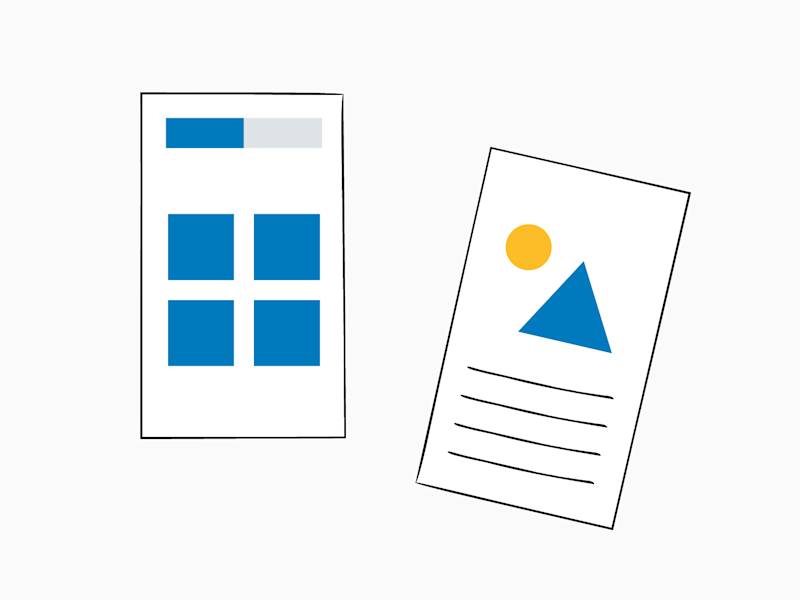Paper Prototyping

Paper Prototyping is a quick and cost-effective method to test the possible range of functions of a product as well as the arrangement of individual interactions and elements. Paper Prototyping are used to present concepts, workflows, layouts and functions. First, the functionalities mentioned in the use cases or application scenarios are collected and then arranged in initial schematic drawings on paper to form an interface. This ensures that the user interface covers all requirements. Just like with other prototypes, paper prototypes can then be validated to make sure all user requirements are met.
Nice to know:
Paper prototypes are produced quickly and cheaply and are validated early in the development process, thus saving resources. This allows a minimal-effort identification and rectification of possible errors in the concept. Since the interfaces are sketched relatively roughly, the user feedback focuses on the basic functionality and not on the graphic design. This method is best used face-to-face. A remote application is possible, albeit with a few added challenges.
